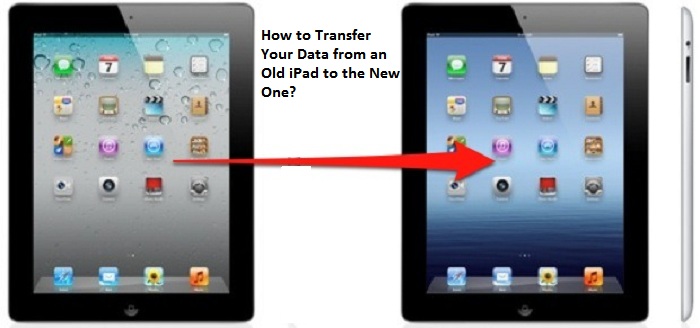Long before Apple thought of a mini version of iPad, Google was already in talks with other hardware developers to come up with a handy yet elaborate tablet. The iPad was still a singular series boasting of almost a ten-inch screen, with a very high price point. Thus, the masses were still bereft of an efficient and affordable tablet that could be used just as effortlessly outside, as it could be used inside. And along came the Nexus 7, with a suitable seven-inch screen and a practical price point of $199.

Just like that, the tablet technology became available to all
It isn’t as if there weren’t any cheaper tablets available before the Nexus 7. There were many different tabs already in the market like Blackberry’s hit Playbook, Kindle Fire, Galaxy Tab 7.0. But all of them posed issues like lack of tablet-specific functions, or the OS they were running on did not scale up to adjust to the increased size. By any measure, this collaborative effort by Asus and Google provided us with a product which created an opening for a new stream of buyers to enter the market of tablets. These were people who could not buy the costly iPad 3 which would launch in March of next year but still wanted a bigger sized screen.
Nexus 7 was the whole package
As already mentioned, it carried one of the most attractive price tags around. But along with that, it had the tablet-optimized OS, 1GB RAM, up to 32 GB storage, NFC, the Nvidia Tegra 3 processor and a 1.3 megapixel HD front camera. Although, it missed a back camera because the makers were focused on making a content-intake heavy tablet-computer. With time, Google updated the tablet with newer, better Android versions (up to version 5.1 “Lollipop”). But this also proved to be the downfall of the device as the hardware was unable to withstand the advanced software that was being installed periodically.
It acted as an inspiration for future products
The tablet-computer was revolutionary and remained at the top of the game for a couple of years before falling mightily. But its legacy remains in the fact that it inspired other companies to bring out an equally potent and truly optimized computer tablet. The iPad mini came later on, and Google too tried with the Nexus 9 and Nexus 10. But the successors lacked the one thing that made the product so attractive, the price point. And thus, it remained a one-off success for the tech-giant.
But the newest addition to ace smartphone tech, Samsung’s Galaxy S20 Ultra will have a 6.9inch screen, which is pretty close to the Nexus 7. So, what was considered a tablet a decade ago is now called a smartphone. So as smartphones are being converted to tablet-sized devices, we have to accredit the one that started it all. Take a bow, Google!
Hey there, I’m Oliviya . I’m a web developer living in USA. I am a fan of photography, technology, and design. I’m also interested in arts and web development. You can view my listings with a click on the button above.

No comments:
Post a Comment